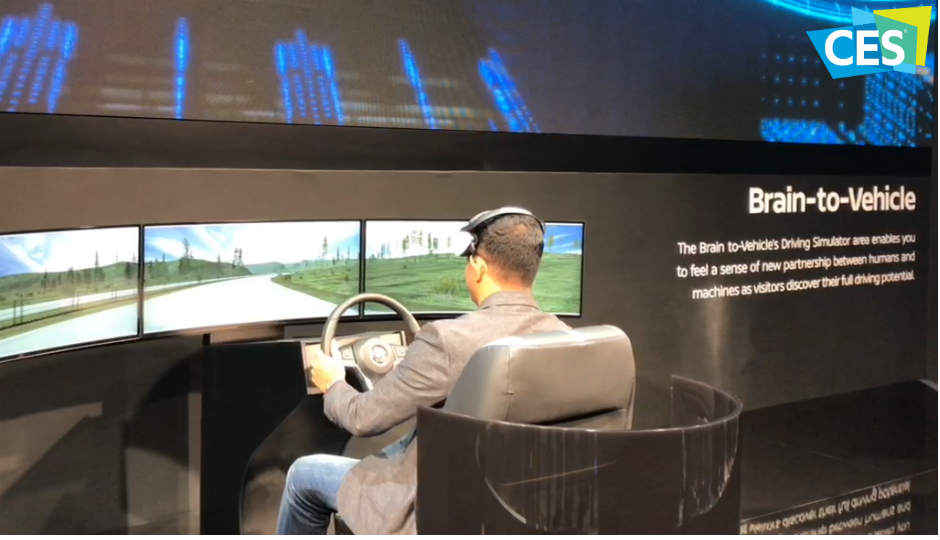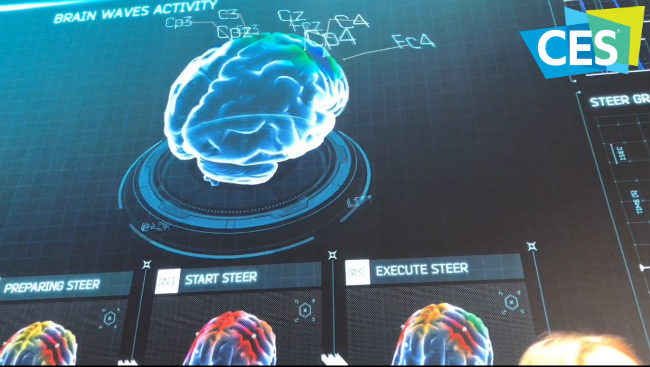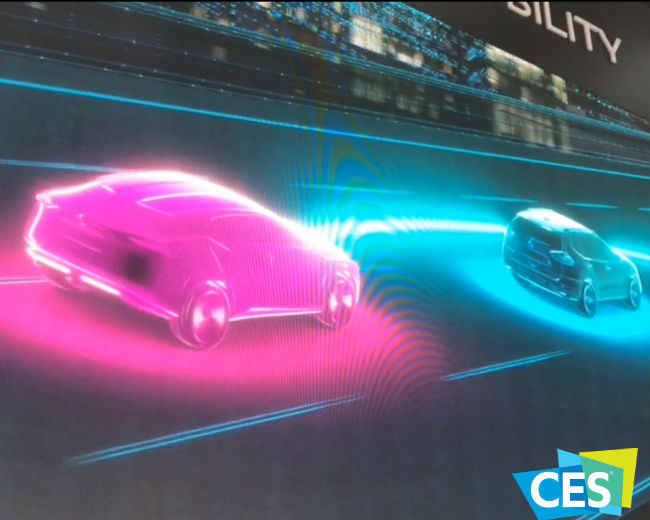Nissan’s Brain-to-Vehicle technology can predict driver actions by scanning the brain

Nissan’s B2V tech is currently in development and can predict a driver’s actions 0.2 - 0.5 seconds sooner.
CES 2018 is full of automakers presenting their latest autonomous driving solutions. Nissan, though, has taken a slightly different approach to autonomous driving. Instead of relying on a machine’s intelligence to drive a vehicle, Nissan wants to scan drivers’ brains, predict their actions and perform than faster. Nissan calls it – Brain-to-Vehicle technology or B2V.
“Brain-to-Vehicle, or B2V, technology promises to speed up reaction times for drivers and will lead to cars that keep adapting to make driving more enjoyable,” Nissan said at the ongoing Consumer Electronic Show.
The whole point of B2V is to keep driving a personal experience. Humans will never be able to fully trust autonomous vehicles unless risk levels come down drastically. B2V can ensure a broader adoption of autonomous vehicles as it sits pretty in the midst of fully driverless cars and automated driving.
“When most people think about autonomous driving, they have a very impersonal vision of the future, where humans relinquish control to the machines. Yet B2V technology does the opposite, by using signals from their own brain to make the drive even more exciting and enjoyable,” said Nissan Executive Vice President Daniele Schillaci. “Through Nissan Intelligent Mobility, we are moving people to a better world by delivering more autonomy, more electrification and more connectivity.”
Nissan’s B2V tech emerged from the company’s research into brain decoding technology which enabled them to predict driver actions and discomfort. So if the driver is about to turn the wheel of the car, B2V will look for signs that the driver is about to initiate a movement. Nissan’s driver assist tech will then take over and perform the action faster that the human driver – 0.2 to 0.5 seconds faster to be precise. Driver discomfort is also evaluated and Nissan uses AI to change driving styles based on the driver’s comfort level.
We have seen a similar implementation on brain wearables, which use EEG or Electroencephalography to detect electrical activity in the brain and perform corresponding actions. Nissan’s B2V technology also uses EEG, however EEG is not always accurate and can be fooled by the electric current produced by muscles in the human body.
Nissan’s Brain-to-Vehicle technology is currently under testing and the company says, “this research will be a catalyst for more Nissan innovation inside our vehicles in the years to come.” Nissan is aiming to perfect and commercialise the Brain-to-Vehicle technology in the next 5 to 10 years. Question is, can people trust a headset to read their instincts while driving?
You can watch the video below to see a demo of Nissan's Brain-to-Vehicle technology
Head here for more tech from CES 2018






